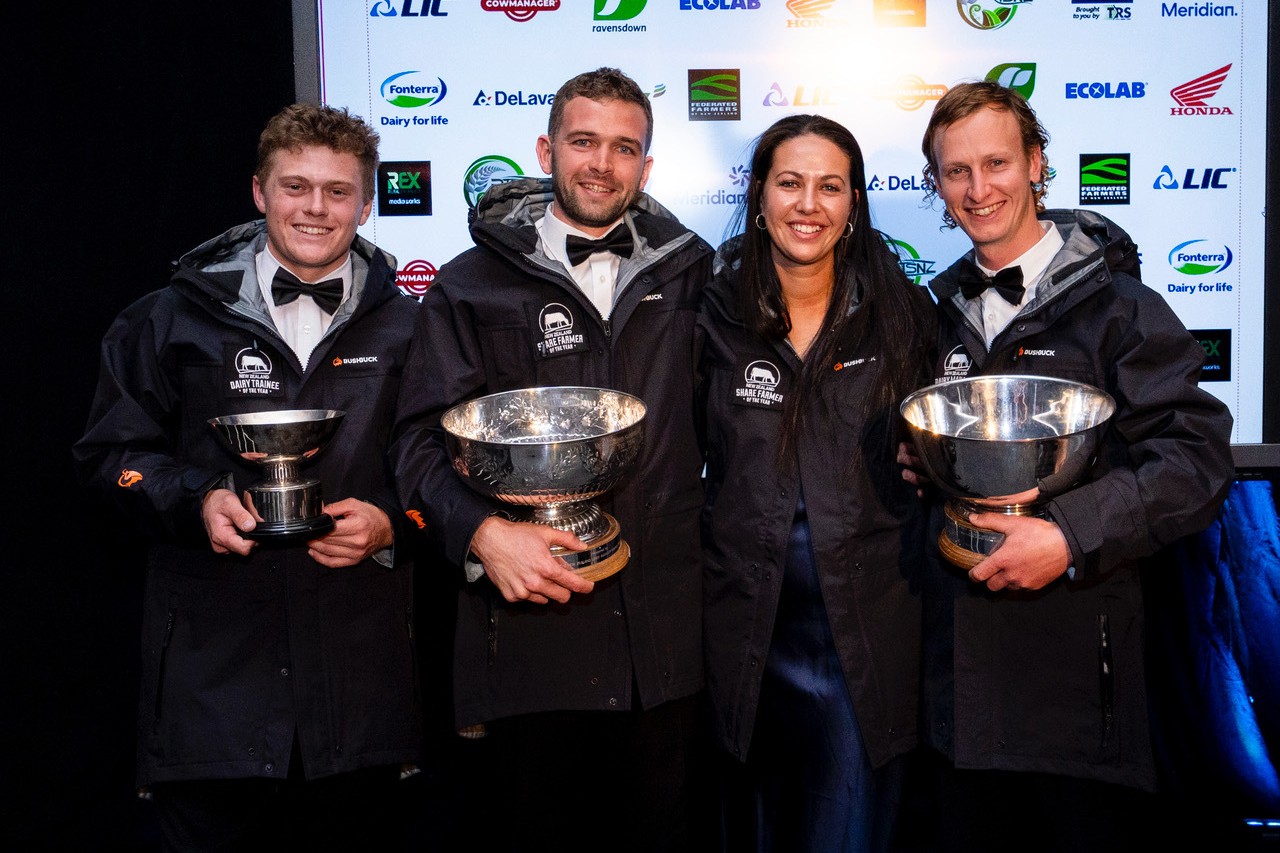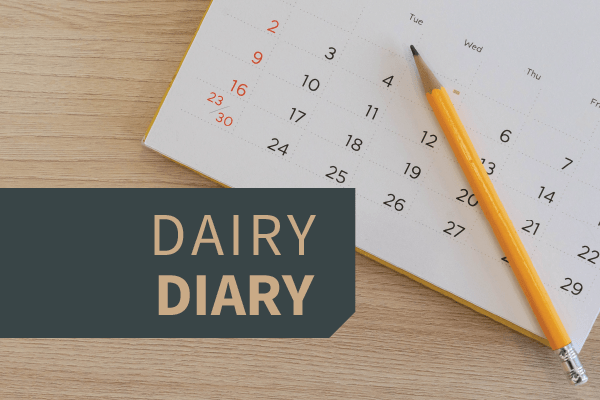50 years ago in the Dairy Exporter January 1974
As NZ Dairy Exporter counts down to its centenary in 2025, we look back at the issues of earlier decades.

Extra US cheese quota could be worth $NZ25m
The New Year has started extremely well for New Zealand dairy products marketing. An announcement on January 3 that the United States has granted New Zealand a supplementary allocation of 55 million lb of Cheddar cheese could be worth as much as $25 million to the dairy industry.
This quantity of cheese – the first of which has already reached American ports – is more than double the amount of New Zealand cheese of all varieties admitted to the United States last year.
In greeting the latest decision on cheese, the Chairman of the New Zealand Dairy Board, Mr A. L. Friis, said, in the board’s view, it constitutes recognition once again by the United States Administration of the fact that New Zealand, among all the international traders in dairy products, is the only unsubsidised supplier.
“The board is hopeful that the United States will arrange for imports of cheese on a continuing basis.”
Identifying calves
The need for farmers to permanently identify their calves, particularly those sired through the artificial breeding service, is stressed by the Herd Improvement Council.
The council is asking livestock improvement associations to improve the level of calf identification on farms in their areas and it is suggesting that they should consider issuing farmers with free brass ear tags.
The council has also adopted an improved system for recording calf identification data. This system, which invoices processing data with a computer, comes into effect from January 1, 1975.
“Calf identification is at the base of any effective recording scheme,” the director of the Dairy Board’s farm production division Mr J. W. Stichbury told the council.
“Without a means of positively identifying stock, neither an individual nor a national improvement scheme can make progress.”
New name for standard AB service
The Dairy Board’s standard AB service is being re-named the Premier Sires’ service.
The Herd Improvement Council says the new name reflects more accurately the quality of the bulls used in the normal “bull-of-the-day” AB service to farmers.
It says the new name is more meaningful and more suggestive of the efforts made in selecting and sire proving the bulls used in the service and the work in producing quality semen.
The name of the Dairy Board’s nominated service – where farmers select the deep frozen semen of specific bulls they wish to use on their cows – is unchanged.
Bobby calves as a source of beef
The only quick way to get more beef cattle in New Zealand is to reduce the bobby calf kill and so rear more of the calves born in dairy herds.
The director of the Dairy Board’s farm production division, Mr J. W. Stichbury, makes this point and says: “The only other way is to increase the size of beef breeding herds. This is a lengthy process.”
He adds that about 1 million bobby calves from the dairy industry are slaughtered annually. He suggests there is considerable scope to use some of the calves for beef and says “already there is substantial progress towards this”.
“We estimate about 400,000 calves born in dairy herds are being reared for beef.”
In the broader sphere of large-scale beef improvement programmes, he links the value of artificial breeding and the importance of an effective recording system.
“The best sires have to be located and then used as widely as possible.”





